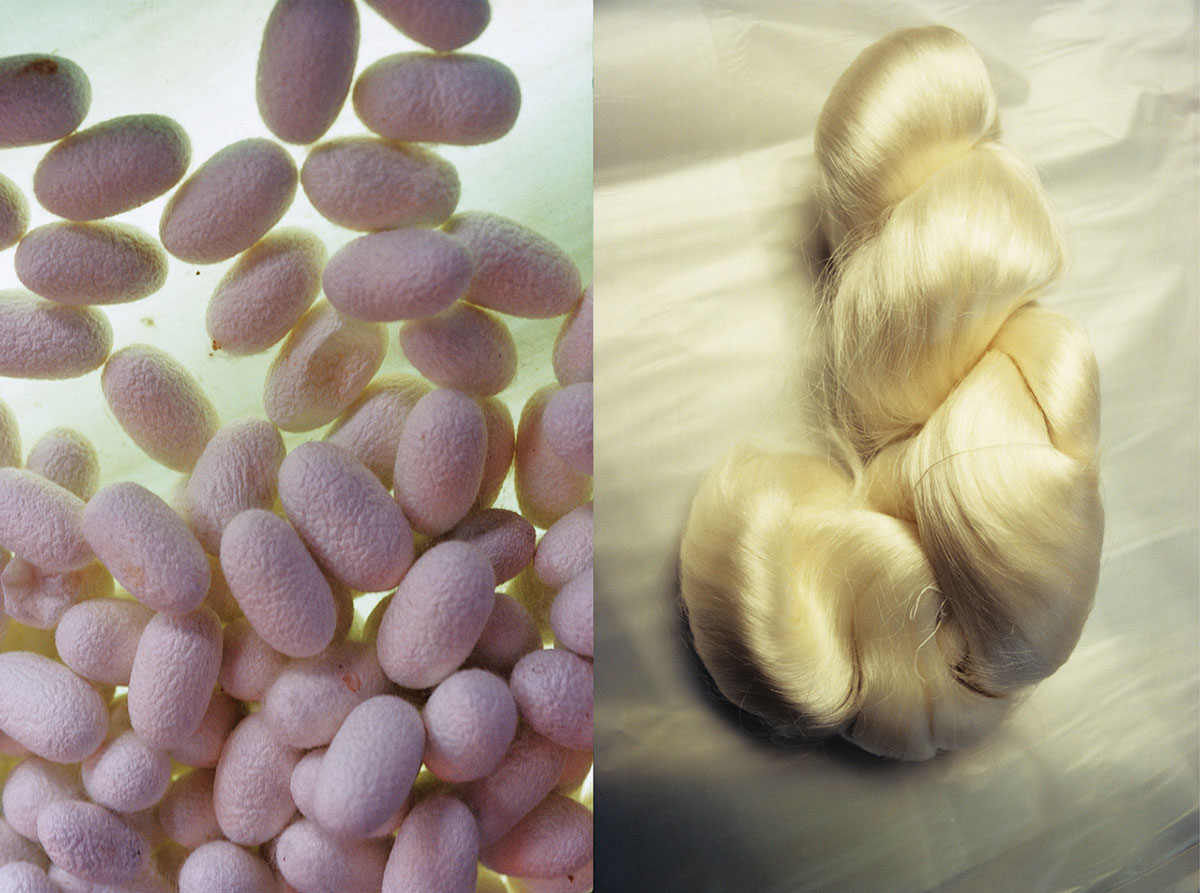Silk threaded memories
The Destiny of Silk
We barely clad ourselves in silk anymore in our daily lives. The significance of silk itself keeps fading away. The towns that were sustained Japan’s modern silk industry have undergone a history of prosperity and decline. This exhibition in Yokohama, which has profound connections with silk, features photographs of a silk mill still in operation in Gunma and the modest meisen kimonos made from scrap cocoon, which are chemically dyed and plain-woven.
Co-organized by The Organizing Committee for Yokohama Triennale
🅐 The concourse at Bashamichi Station on the Minato Mirai Line
5-49 Honcho, Naka-ku, Yokohama (large space on the B2 level (ticket gate floor) between the ticket gates and exits 1 and 2)
ISHIUCHI Miyako
Born 1947 in Kiryu, Gunma, and raised in Yokosuka, Kanagawa. In 1979, Ishiuchi became the first woman photographer to win the 4th Ihei Kimura Photography Award with “Apartment”; in 2005, she was selected to represent the Japanese Pavilion at the 51st Venice Biennale with “Mother’s,” a series of photographic portraits of her mother’s belongings. Her ongoing project since 2007, ひろしま, a photographic portrait series of artifacts left behind by atomic bomb survivors, has been highly acclaimed and has been widely exhibited at art museums throughout Japan and abroad. In 2013, she was awarded the Purple Ribbon Medal, and in 2014, she received the Hasselblad International Photography Award. Ishiuchi’s works are in the collections of major museums in Japan, including the Yokohama Museum of Art, the National Museum of Modern Art, Tokyo, and the Tokyo Photographic Art Museum, as well as museums around the world, including the Museum of Modern Art, New York, the J. Paul Getty Museum, and Tate Modern.
